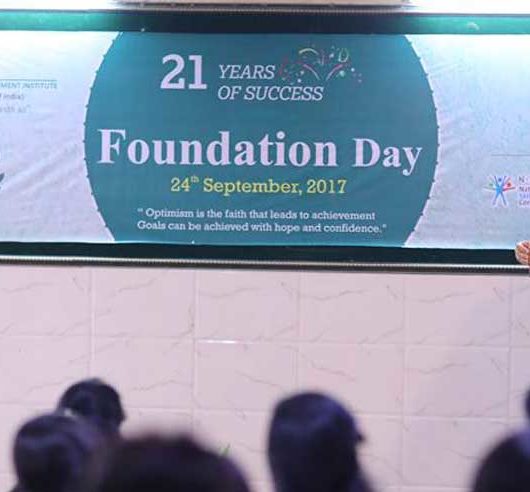PHAGOCYTOSIS
- For the pathogen to be internalized and killed, they first need to be recognized by phagocytic cells, that are neutrophils, macrophages and dendritic cells after recognition.
- RECOGNITION OF PATHOGEN-PAMP’s & PRR’s:
- The immune system recognizes molecular structural patterns present on pathogen but not in human cells, they are known as pathogen associated molecular patterns(PAMP’s). These PAMP’s are recognised by receptors which identify molecular patterns present in pathogen but not in humans. These receptors are called pattern recognition receptors(PRR’s).
Example of PAMP’s:
- Double stranded RNA is found in replicating viruses and unmethylated CpG sequences of DNA are found in bacteria.
- N formyl methionine containing proteins,lipopolysaccharides, lipoteichoic acid and mannose rich oligosaccharides are found in microbes.
DAMP’s:
- The innate immune system also recognises molecules released by dead or damaged cells and tissues. These are called damage associated molecular pattern or DAMP’s.
- Examples are heat shock proteins,stress induced proteins, nuclear proteins etc.
PRR’s:
- PAMPs & DAMPs are recognised by PRR.
- It is present on the surfaces of cells, also found on the endosomal membranes and in the cytoplasm.
- PRRs are also present on several molecules present in blood and mucosal secretions such as natural antibodies, complement proteins,C reactive proteins, These act as soluble PRRs.
- CONSEQUENCE OF PATHOGEN RECOGNITION:
- Immediately after the barriers are breached, the pathogen enters into tissue spaces and are recognised by phagocytic cells through their surface receptors.
- Pathogens are recognised by mainly C-type lectin receptors and Scavenger receptors on phagocytes.
- Other types of PRRs do not activate phagocytosis of pathogen but trigger other responses such as production of anti microbial peptides, cytokines, chemokines, induction of enzymes and a complex reaction called inflammation. These are called induced responses.
- INTERNALIZATION OF PATHOGEN:
- Macrophages are most efficient phagocytes.
- Phagocytosis is a kind of endocytosis in which particulate material like pathogen are taken up from extra cellular environment and killed.
- Phagocytosis is initiated by chemotaxis i.e, a process in which macrophages are attracted towards the site of microbial invasion or inflammation.
- Following chemotaxis, microbes undergo adherance i.e, they attach to cell surface. Adherance is enhanced by opsonization i.e, coating of microbe by specific antibodies or at times by complement proteins. The bound antibody or opsonin is recognised by receptors present on phagocytic cells.
- Adherance is followed by phagosome formation i.e, encircling of microbes all around by cellular membranous process called pseudopodia and then internalizing it to form phagosomes.
- The phagosome moves to the interior of the cell and fuses with lysosome to form phagolysosome where killing of pathogen takes place.
- KILLING OF PATHOGEN
A. BY OXYGEN DEPENDENT MECHANISM:
- This is indicated by enormous increase in oxygen consumption by phagocyte following microbe internalization. This is called respiratory burst.
- Myeloperoxidase with chloride ions and other enzymes initiate production of oxygen derived free radical species such as hydrogen peroxide, hydroxyl radicals, superoxide ions etc which kill organisms.
B. BY OXYGEN INDEPENDENT MECHANISM:
- It is mediated by various enzymes of phagolysosomes like lysosomal hydrolytic enzymes and interleukins like tumour necrosis factor(TNF).
- In addition, phagocytes also produce various cationic peptides like defensins which can kill a wide variety of pathogens.
- After killing of microbes, the degraded products are removed by exocytosis.


